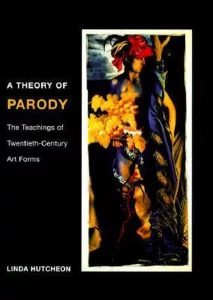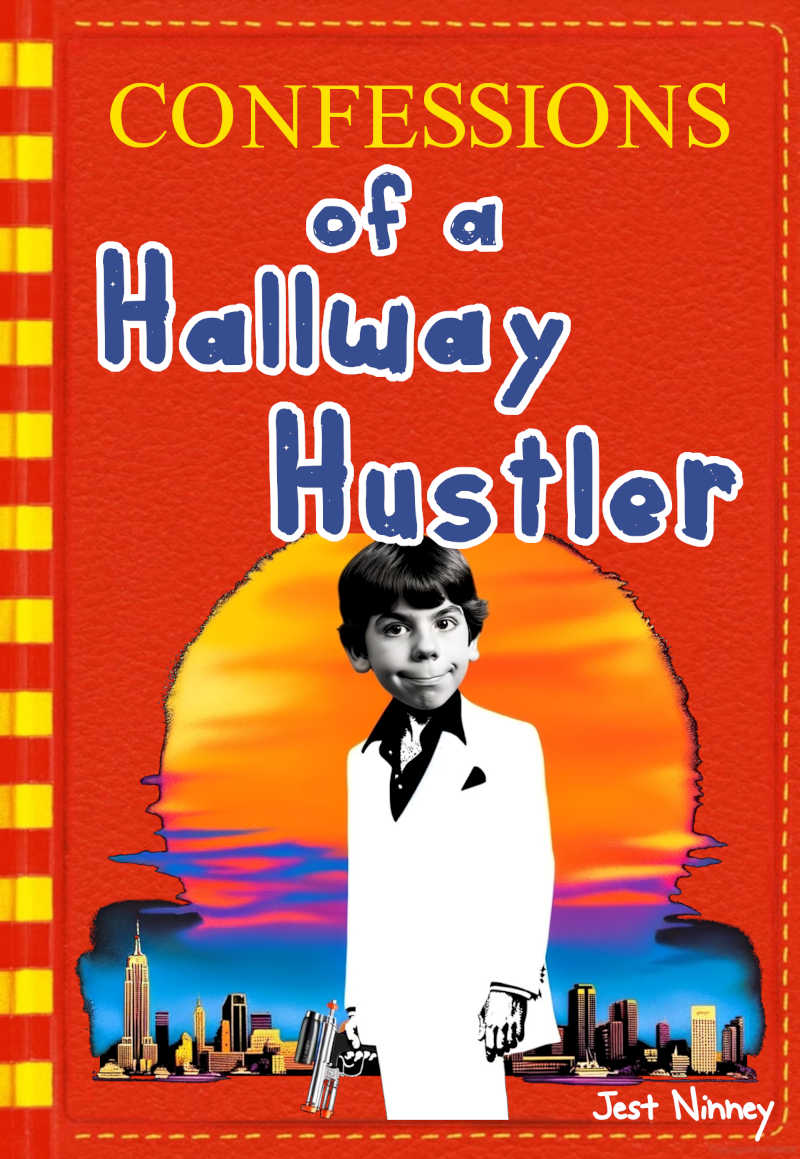The following is a chapter-by-chapter summary of Professor Linda Hutcheon’s groundbreaking monograph, A Theory of Parody.

Full Summary
Linda Hutcheon’s “A Theory of Parody: The Teachings of Twentieth-Century Art Forms” delves into the multifaceted nature of parody as a mode of expression, examining its presence in various art forms such as literature, visual art, music, film, theater, and architecture. Hutcheon argues that parody serves as a significant form of modern self-reflexivity, marking the intersection of invention and critique.
Through a detailed exploration of diverse works, she distinguishes parody from other related forms like pastiche and satire, emphasizing its ability to creatively engage with past texts and discourses. By playing ironically with multiple conventions, parody merges creative expression with critical commentary, redefining tradition in a modern context.
Hutcheon also touches upon the challenges and controversies surrounding parody, especially in the realm of copyright and ownership, highlighting its enduring relevance and complexity in contemporary culture.
Chapter 1: Introduction
In Chapter One, the author explores the significance and functions of parody in modern art and culture. Hutcheon argues that parody is not merely a form of ridicule but a complex mode of engagement with previous works of art. She places parody within the broader context of self-reference and self-legitimization in art forms, suggesting that it serves both a hermeneutic and ideological function. The chapter discusses how modern parody has evolved from its historical forms, moving beyond mere imitation to become a critical tool that challenges traditional concepts of originality and individuality. Hutcheon emphasizes that understanding modern parody requires a focus on its manifestations in actual works of art, rather than imposing pre-existing theories onto it.
Chapter 2: Defining parody
The focus is on defining what parody is and how it functions in modern art and literature. Hutcheon argues that parody is a complex form of expression that involves both imitation and critique. She introduces the concept of “irony” as a key mechanism in activating the reader’s awareness of the parody. Unlike traditional forms of parody that aim to ridicule, modern parody emphasizes the differences between the original and the new work, often without making one superior to the other. Hutcheon also discusses the formal structure of parody, describing it as a “bitextual synthesis,” meaning it incorporates elements from the original work while adding new layers of meaning. She suggests that both the creator and the interpreter of a parody must recognize and understand this dual structure for the parody to be effective.
Chapter 3: The pragmatic range of parody
Here the author delves into the pragmatic range of parody, challenging traditional views that limit its function to ridicule or mockery. Hutcheon argues that parody serves multiple purposes, including serious art criticism. She introduces the concept of “irony” as a crucial element in modern parody, explaining that irony serves both semantic and pragmatic functions. On a semantic level, irony marks a difference in meaning, while on a pragmatic level, it signals evaluation or judgment. Hutcheon contends that the use of irony in parody allows for a broader range of effects beyond mere ridicule, making it a versatile tool in modern art and literature.
Chapter 4: The paradox of parody
In Chapter Four, the author explores the paradoxical nature of parody, emphasizing its dual roles of authority and transgression. Hutcheon discusses the work of theorist Mikhail Bakhtin, who viewed parody as a “double-voiced” form of discourse that is both dialogic and polyphonic. She argues that modern metafiction, exemplified by authors like John Fowles and John Barth, employs parody in a Bakhtinian sense to challenge traditional narrative forms and to engage in self-criticism. The chapter also touches on the limitations of Bakhtin’s views on modern parody, suggesting that his theories can be adapted to better understand the complexities of contemporary literature. Hutcheon concludes by examining the social and cultural implications of parody, linking it to broader issues of authority, fear, and popular culture.
Chapter 5: Encoding and decoding
Hutcheon plumbs the complexities of encoding and decoding in the context of parody. She argues that the act of creating a parody is not just about the text itself but also involves the intentions of the author and the interpretations of the reader. She introduces the concept of “subject positions,” which are roles that both the producer and receiver of a text occupy within the text. Hutcheon suggests that the act of creating a parody involves a complex interplay between the author’s intent, the text’s formal properties, and the reader’s interpretation. She also discusses the limitations of existing theories that focus solely on the text or the reader, arguing that a comprehensive understanding of parody must also consider the role of the author, even if that role is only inferred by the reader.
Chapter 6: Conclusion
In the sixth and concluding chapter of “A Theory of Parody,” Hutcheon synthesizes her arguments and explores the “worldly” implications of parody. She discusses the need to go beyond reductive dictionary definitions of parody, emphasizing that modern parody often respects and uses the original text as a model rather than attacking it. She also argues for a broader understanding of the “pragmatic ethos” of parody, which can serve as a consciousness-raising device that challenges ideological views. Hutcheon calls for a theory of parody that is both pragmatic and formalist, considering the entire act of enunciation, including the roles of the author, the text, and the reader. She distinguishes between parody and satire, noting that while both can be “worldly,” they have different targets and employ irony in distinct ways.
Further study
Hutcheon, Linda. A Theory of Parody: The Teachings of Twentieth-Century Art Forms. University of Illinois Press, 2000.

